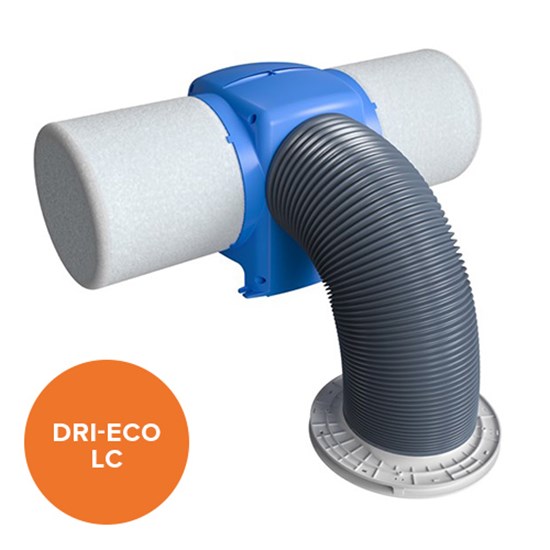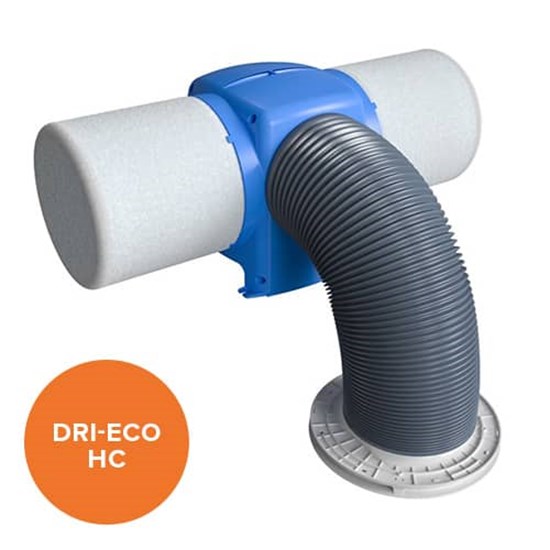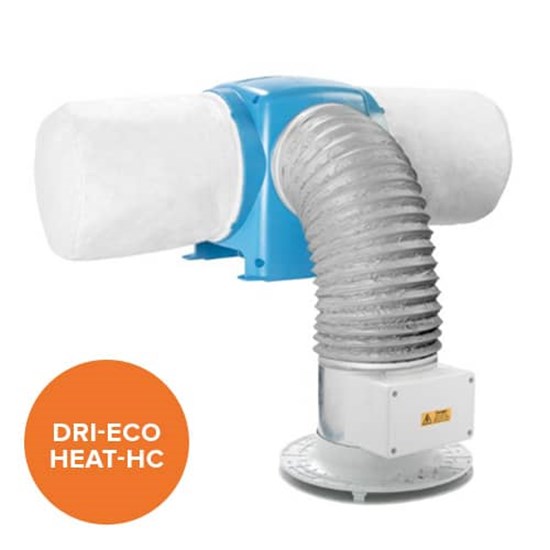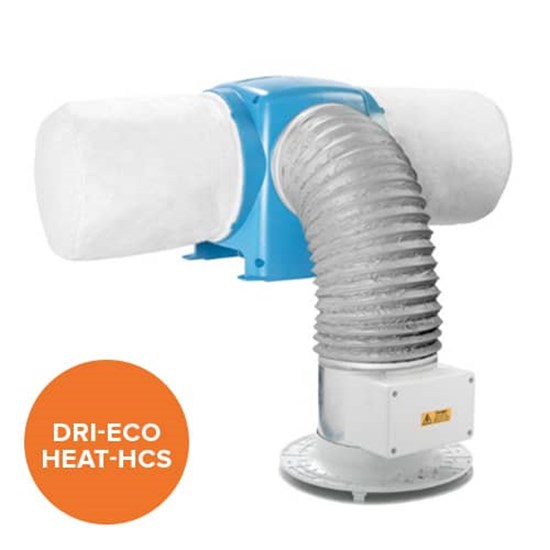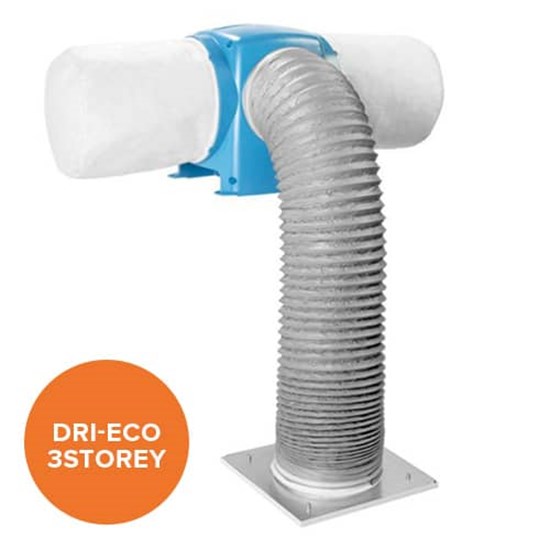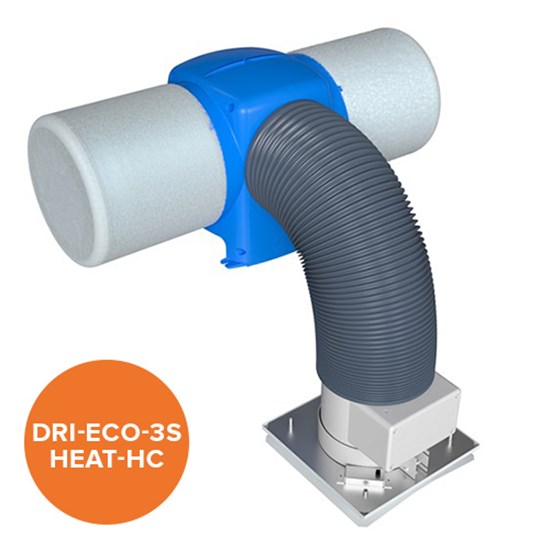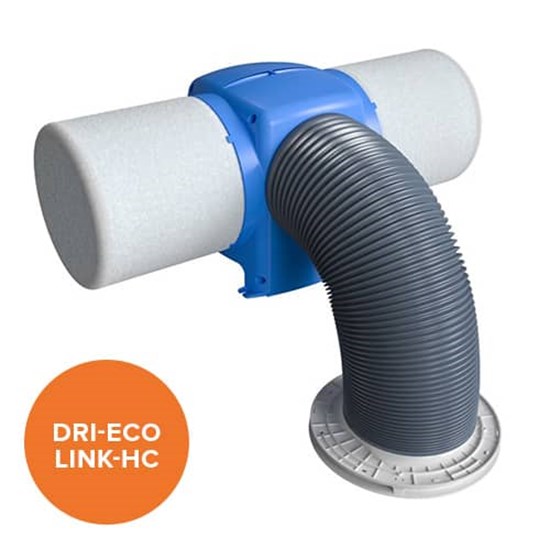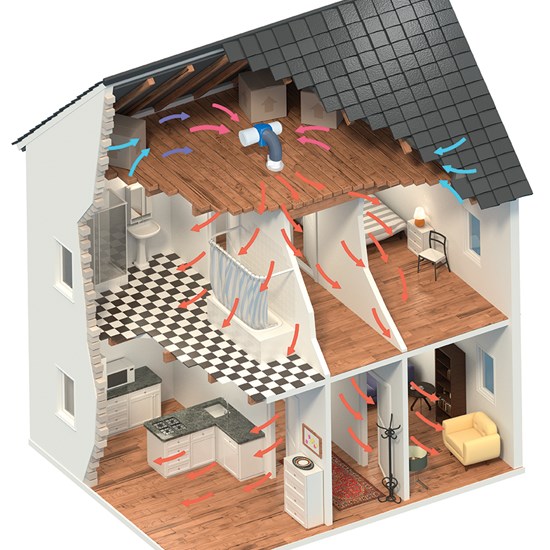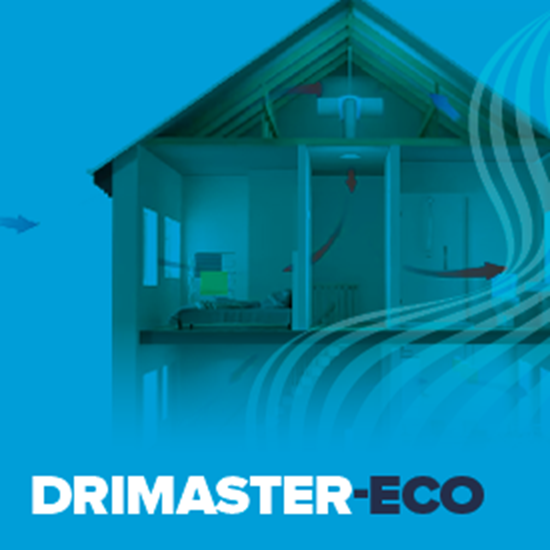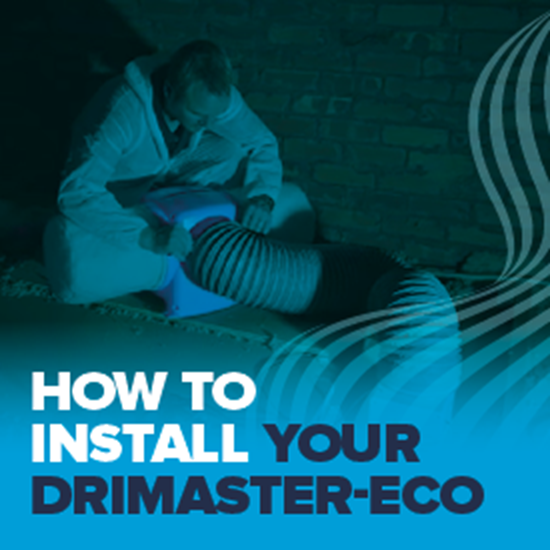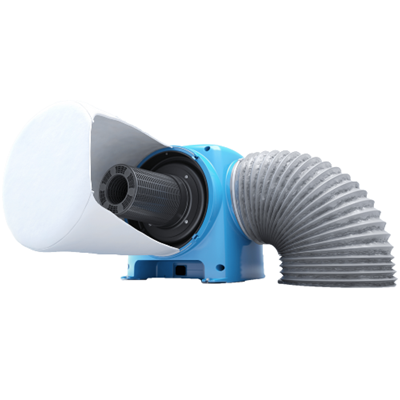Drimaster-Eco Loft Mounted Positive Input Ventilation System
Drimaster-Eco Positive Input Ventilation (PIV) ventilation systems are the most effective method of curing and preventing condensation dampness. Recommended for planned and reactive ventilation servicing, essentially the concept is to introduce fresh, filtered air into the dwelling at a continuous rate, encouraging movement of air from inside to outside. To achieve this, the unit is mounted in the loft space, drawing air through the filters and inputting it, at ceiling level, into the property. An integrated heater tempers airflow should the temperature in the loft space drop below a set point, ensuring ultimate comfort in the home.
Suitable as a social housing ventilation solution, we have 7 different model types, starting with our basic model below that have been designed for occupant preference and house type.
With extensive experience in residential properties, the Drimaster-Eco Range is also a suitable landlord ventilation solution. You can also learn more about how Drimaster-Eco Range is a reputable house damp disrepair solution for landlords from our experts.
As part of our services, we provide a ventilation design drawing service to ensure you meet the latest building regulations and planning conditions.
Standard & Heat Models
DRI-ECO-LC Model
Basic model with controls sited on the unit within the loft. The unit is fitted with an internal temperature sensor. This sensor continuously monitors the temperature in the loft, boosting the air volume when the loft temperature is above a set level (heat recovery mode). If the loft temperature becomes excessive the unit will switch to standby mode (no airflow). Once installed, the airflow can be set to suit the house size and, if required, the way it responds to the temperature changes within.
The unit comes with a 5 year warranty: 1 year parts and labour, remaining 4 years parts only (UK and Ireland only).
Features & Benefits
Cures Condensation
Helps reduce humidity in the air, curing condensation dampness and preventing mould growth
Healthy Living Environment
Removes both indoor and outdoor pollutants from the home, overall improving indoor air quality
Meets Regulations
Meets Part F & L of Building Regulations as a low-energy ventilation strategy
Unobtrusive Design
Ceiling diffuser is a modern and sleek circular design to help it blend into any home environment
Low Maintenance Costs
Filters only need to be changed every five years. The unit is fitted with a filter change indicator.
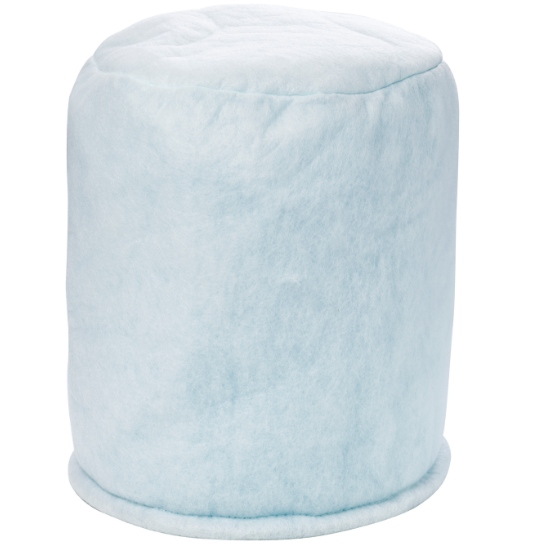
Filter for Drimaster-Eco Range
Ancillaries
Filters can be purchased through our Xpress website - Post 2001 Drimaster Model replacement Filter.








